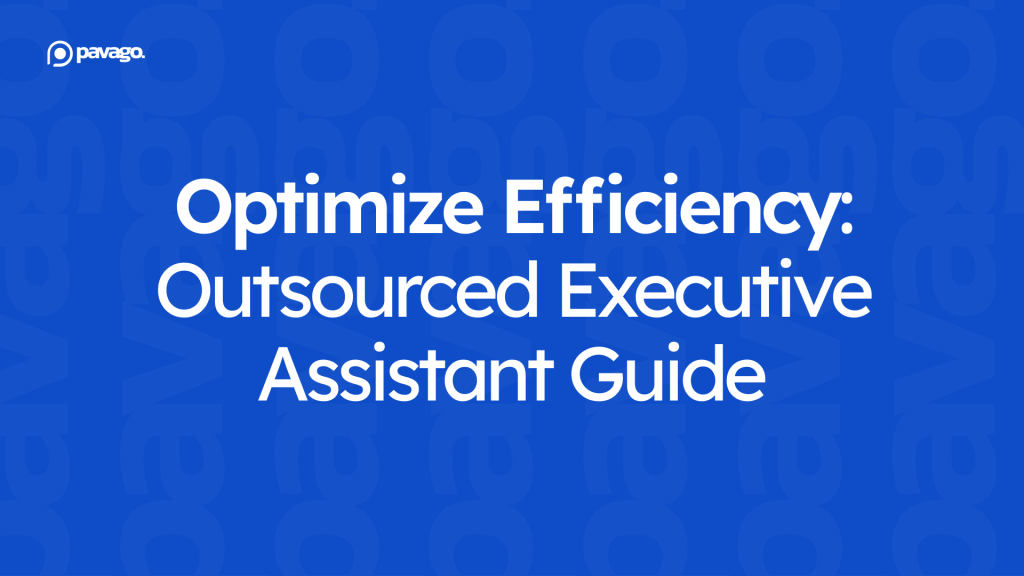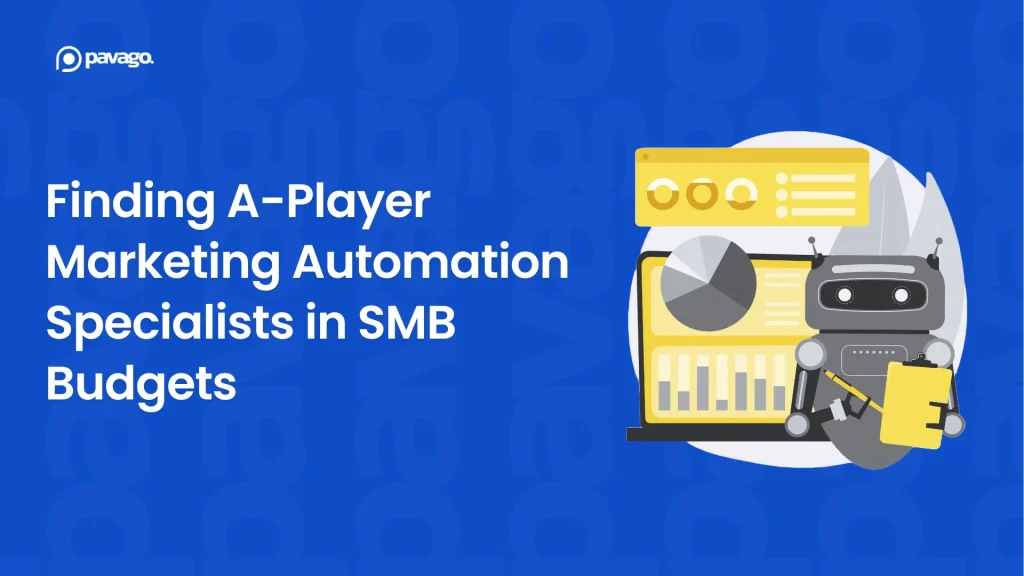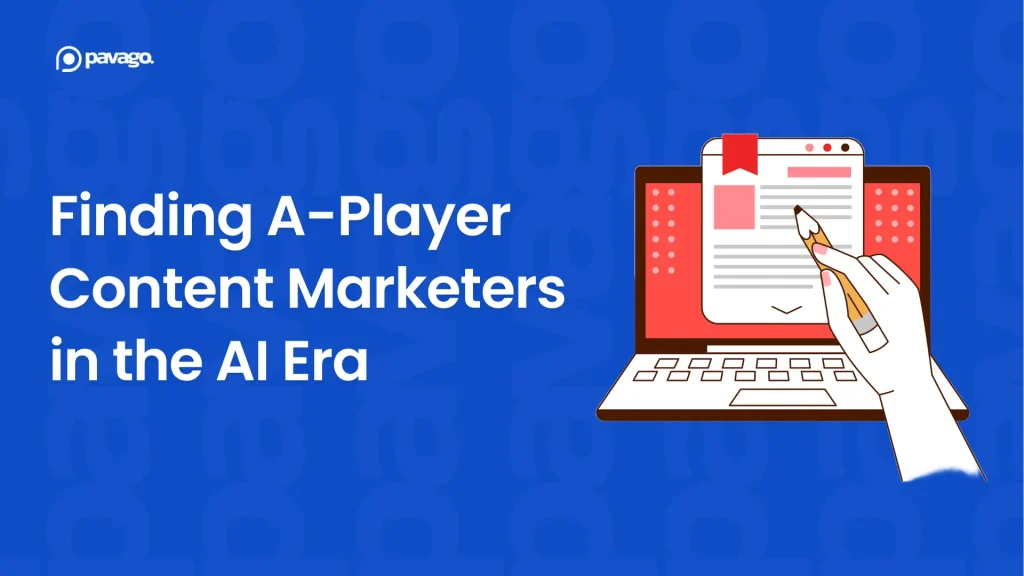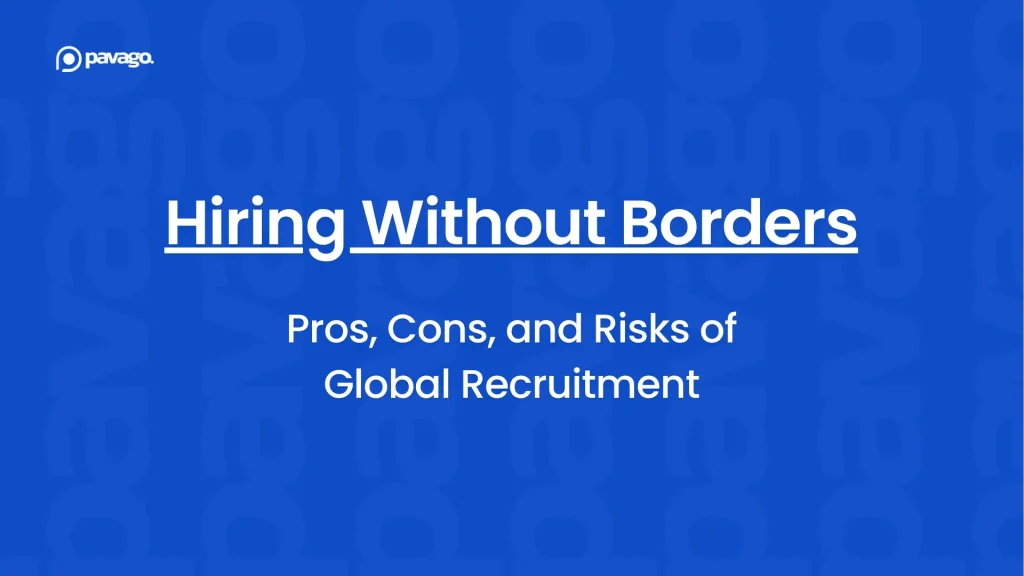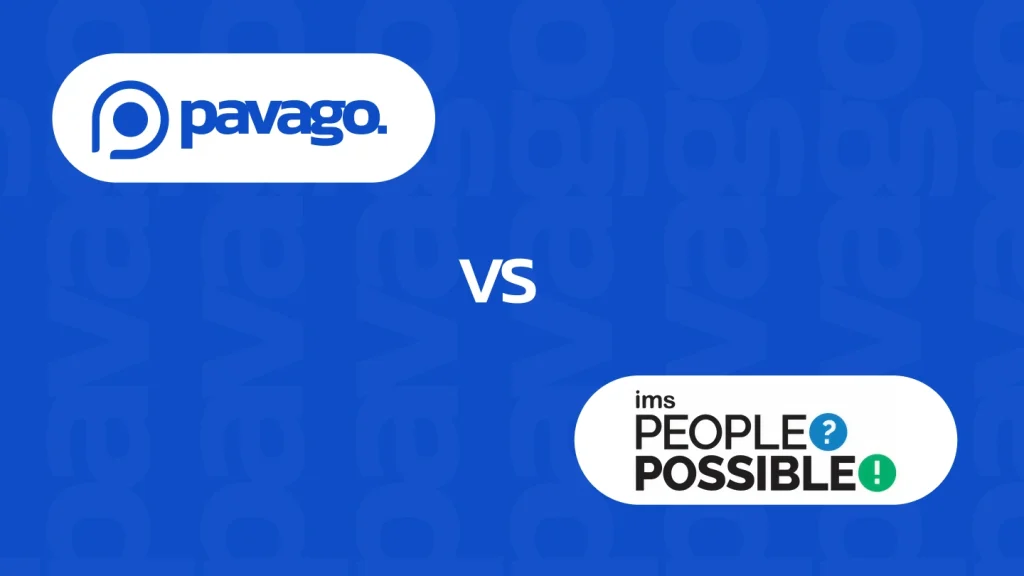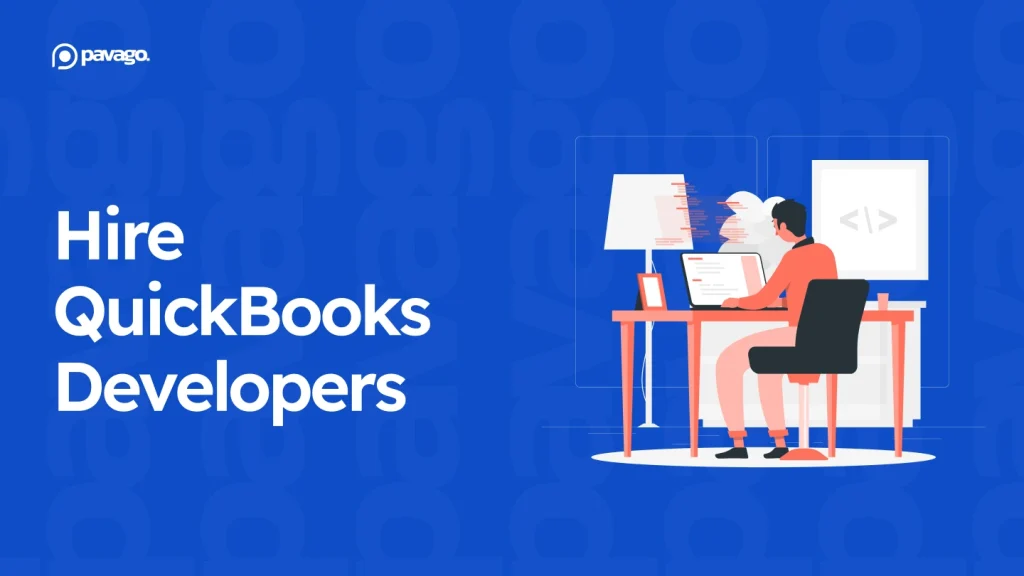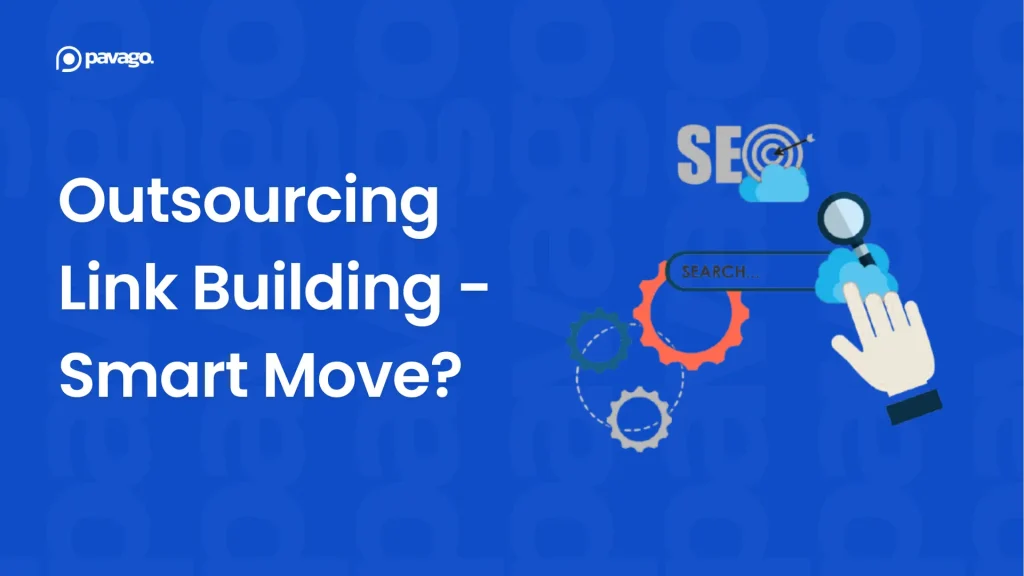If you’re a founder or small business owner, chances are your to-do list is longer than your available hours. Between inbox management, scheduling, follow-ups, reporting, and coordinating projects, your day disappears — and the high-leverage decisions get pushed to tomorrow.
You don’t need another full-time hire to fix this. You need leverage. And that’s where an outsourced executive assistant (EA) comes in.
In this article, we’ll break down when outsourcing makes sense, what kind of ROI you can expect, and how to implement it, without the usual complexity or risk.
Harsh Truth: You’re Wasting More Than Just Time
Let’s get one thing straight: administrative work isn’t free. Every hour you spend doing it is time you’re not spending on revenue, strategy, or growth.
Research shows that executives spend around 16 hours per week on non-core, admin-heavy tasks. If your time is worth $150/hour (which is conservative for many founders), that’s nearly $125,000 per year in lost productivity.
And beyond the cost, there’s the toll on performance. Over 65% of executives report making poor decisions when burned out, and that burnout is often tied directly to excessive admin.
What is the downstream cost of those mistakes? Anywhere from 10–15% of annual revenue, depending on your business model.
It’s not just inefficient. It’s expensive.

What Executive Assistants Actually Do
Many founders underestimate what a world-class EA can take off their plates.
This isn’t about just scheduling meetings or answering emails. A great assistant becomes a strategic partner in operations — someone who frees you to focus on what only you can do.
Here’s what a high-performing outsourced executive assistant can handle:
- Strategic calendar management — not just booking meetings, but optimizing your schedule around high-ROI priorities
- Stakeholder communication — replying to clients, investors, and team members so nothing falls through the cracks
- Project coordination — helping you launch initiatives, chase down owners, and keep things moving across teams
- Reporting and analysis — pulling data, updating dashboards, and turning information into insights
- Travel and event logistics — planning and managing your movements so you never lose time or momentum
If you’re still doing these things yourself, you’re burning time on $25/hour work instead of making $1,000/hour decisions.
Ready to stop losing time to low-value tasks?Book a call with our team and get matched with top-tier Executive Assistants — fully vetted, fluent, and ready to start in under 3 weeks
In-House vs. Outsourced Executive Assistant: The Cost Difference
Now let’s talk numbers.
A full-time in-house executive assistant will cost you roughly $120,000/year when you factor in salary, benefits, equipment, recruitment, and management overhead.
Here’s the breakdown:
| In-House Executive Assistant | Outsourced Executive Assistant via Pavago |
|---|---|
| Base Salary = $48,000 Benefits (20%) = $9,600 Office Equipment & Space = $12,000 Recruitment & Training = $3,000 Management Overhead = $5,000 Total = $77,600/year | EA Monthly Salary = $1,500 ($18,000 annually) Pavago’s fee = $500/year membership fee + $329/month = $4,450 annually Includes: Talent sourcing, onboarding, compliance, ongoing support No benefits, no office, no recruitment fees Total = $22,450/year |
Savings = Over $55,000/year – a 70% reduction in cost without sacrificing quality
When Does It Make Sense to Hire An Outsourced Executive Assistant?
Not every business is ready to outsource administrative tasks, but for many growing companies, the signs are clear.
If your business is scaling quickly — say, 25% or more year-over-year — and you’re clocking 60+ hour workweeks just to keep up, then admin is likely your biggest silent expense.
If strategic projects are being delayed because you’re buried in logistics or your ops team is stretched thin, it’s time to delegate smarter.
In cost-conscious environments — especially if you’re under investor pressure or facing market uncertainty — outsourcing also allows you to stay lean without sacrificing execution quality.
And if you’re expanding into new markets, juggling project launches, or trying to run a global business on local hours, you need support that doesn’t sleep when you do.

How to Outsource Without the Risk
The good news? You don’t need to reinvent your hiring process to make this work. In fact, outsourcing can be fully implemented in three weeks or less.
Week 1: Assess the Need
Start by identifying your biggest time-wasters. Quantify how many hours you spend each week on admin. Define what success looks like for a support role — whether that’s cutting your inbox time in half, getting better reporting, or freeing up space for strategic thinking.
Week 2: Evaluate Providers
Don’t just look at resumes. Look at systems. The best outsourced EA providers — like Pavago — offer talent who are already vetted for communication, security, tool fluency, and cultural fit. Ask about service level agreements, references, and whether they handle onboarding and replacements.
Week 3: Onboard & Integrate
Start small: assign simple, high-clarity tasks to build momentum. Share your SOPs, set expectations, and establish a feedback rhythm. Then gradually ramp up to higher-value work. A 30-60-90 day plan ensures alignment and measurable progress.
With the right setup, most founders recover 16+ hours of their week within the first month.

Frequently Asked Questions
1. Is an outsourced executive assistant different from a virtual assistant?
Yes. Outsourced executive assistants typically offer higher-level, executive-facing support. They handle scheduling, communications, project coordination, and reporting – essentially acting as strategic partners, not just task-doers
Related: Hiring A Virtual Assistant – Everything You Need to Know
2. How much does an outsourced EA cost?
Costs vary by provider, but you can expect a range of $25–$75 per hour, along with the provider fee.
Usually, providers charge between $1,000 to $3,000 per month. Pavago’s flat-rate model of $329/month is well below this, while still delivering high-quality, vetted professionals
3. Can I trust an outsourced EA with confidential information?
Absolutely — as long as you choose a provider with proper security protocols. Look for NDAs, data encryption, and compliance with regulations like GDPR or SOC 2. Vetted online employment agencies typically include these safeguards in their standard process
4. Will my EA work in my time zone?
Yes. Many services recruit assistants who either match your time zone or have overlapping hours. Just be clear about your needs during the selection process — and most outsourcing providers will accommodate that request
The Verdict on Hiring An Outsourced Executive Assistant
If your business is doing $2M+ annually, if your calendar is packed with tasks someone else could do, and if you’re delaying strategic work to handle admin, the answer is yes.
An outsourced executive assistant gives you more than time. It gives you back control — without the cost, risk, or hassle of hiring in-house.
Pavago offers top 1% offshore talent, fully vetted, trained, and ready to integrate with your team in under 3 weeks. No long-term contracts. No placement fees. Just leverage, on demand.Book a call and see what’s possible.
